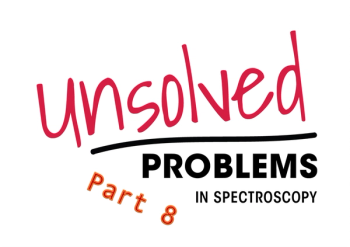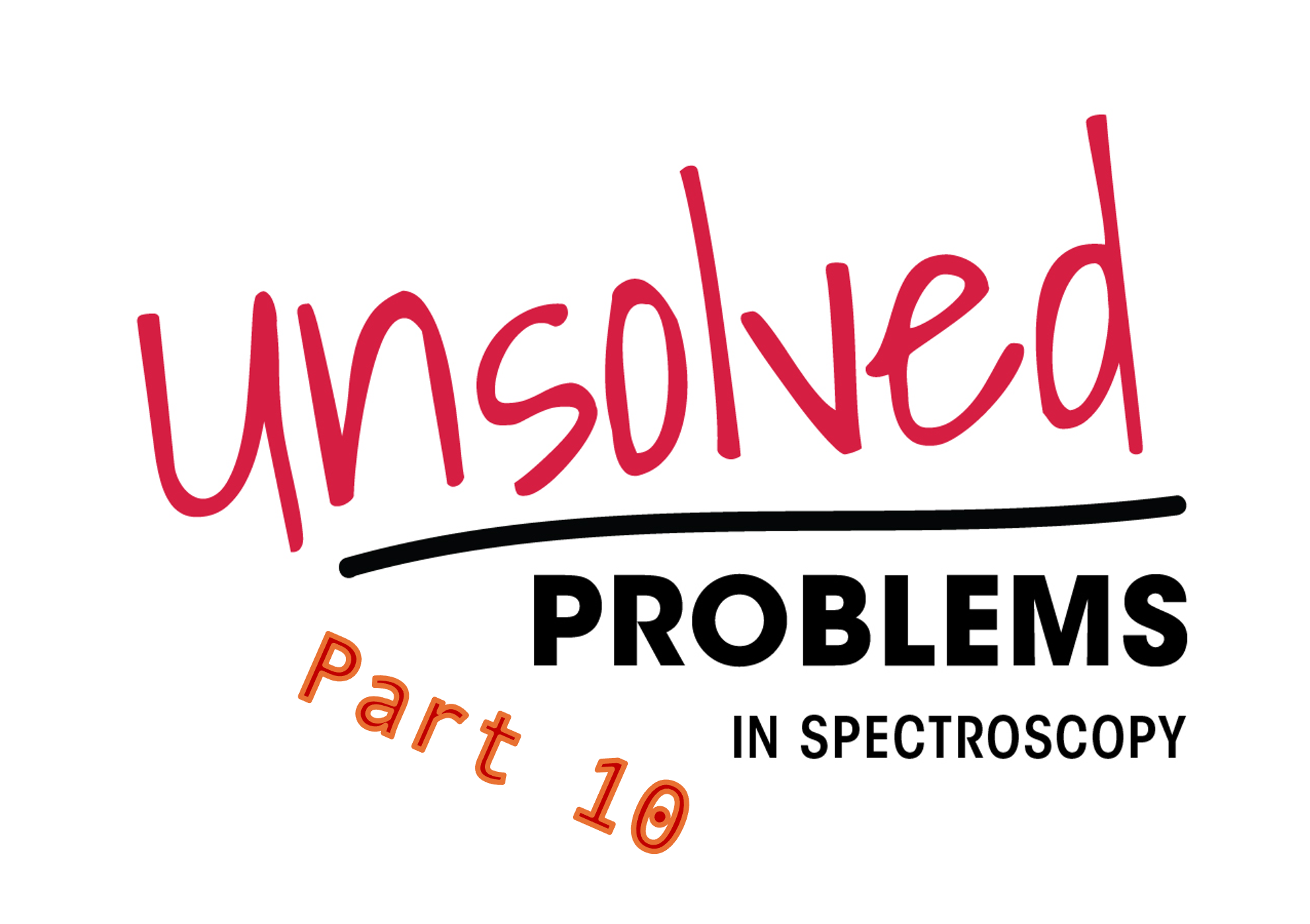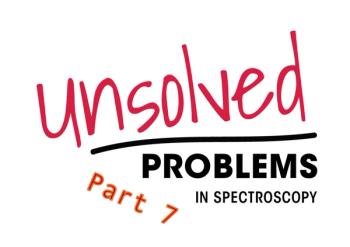
This tutorial explores the challenges posed by nonlinearities in spectroscopic calibration models, including physical origins, detection strategies, and correction approaches. Linear regression methods such as partial least squares (PLS) dominate chemometrics, but real-world data often violate linear assumptions due to Beer–Lambert law deviations, scattering, and instrumental artifacts. We examine extensions beyond linearity, including polynomial regression, kernel partial least squares (K-PLS), Gaussian process regression (GPR), and artificial neural networks (ANNs). Equations are provided in full matrix notation for clarity. Practical applications across near-infrared (NIR), mid-infrared (MIR), Raman, and atomic spectroscopies are discussed, and future research directions are outlined with emphasis on hybrid models that integrate physical and statistical knowledge.





























